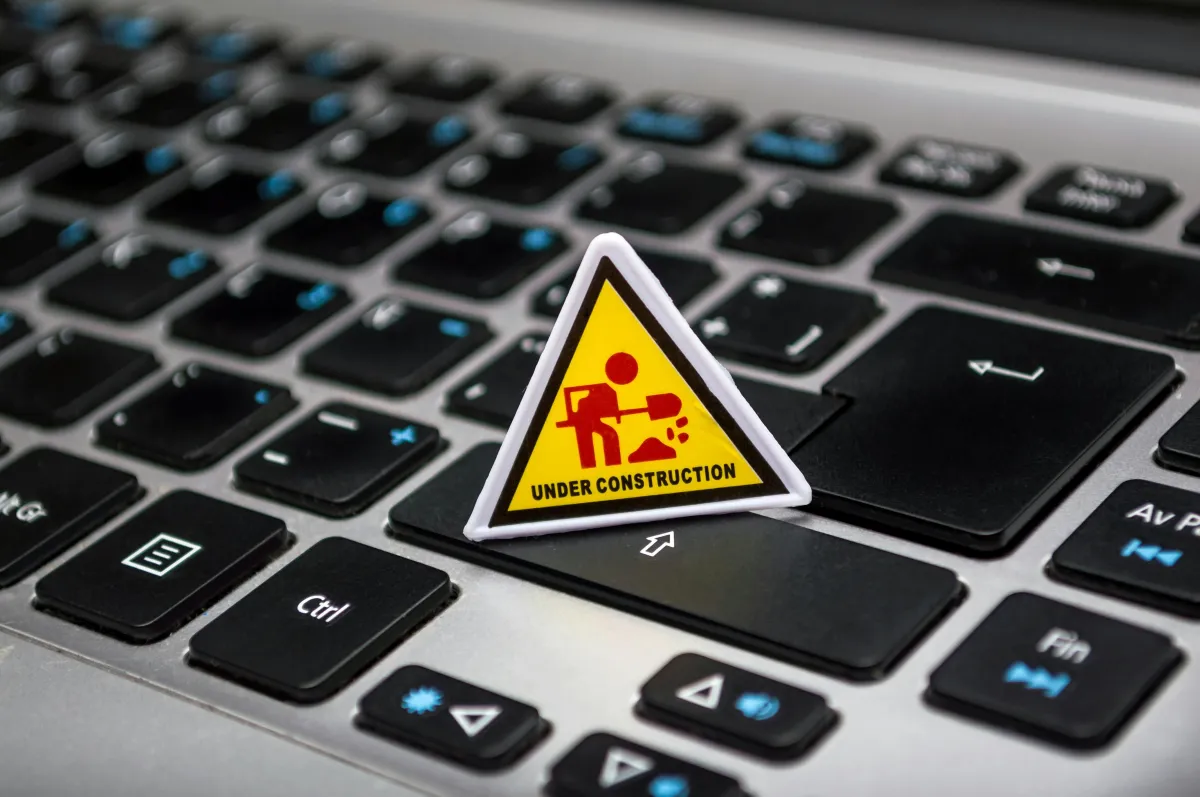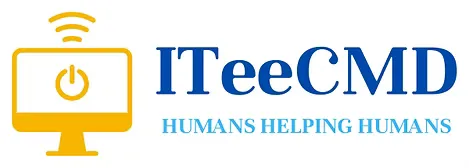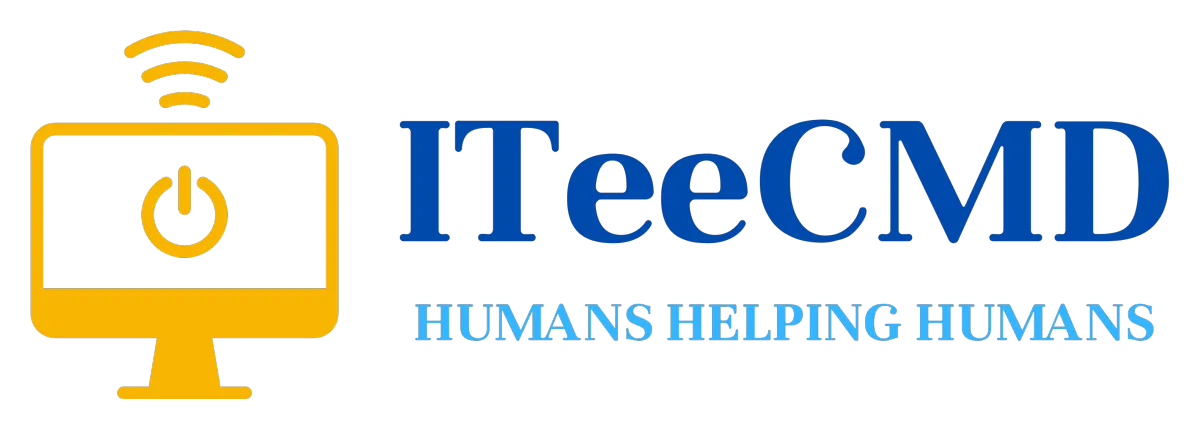Multiverse Podcast Chronicles

The Business Impact of Security Leadership
How Understanding Risk, Mindset, and Communication Builds Trust in a Cyber Age
Every organization is looking for ways to make things easier: faster onboarding, smoother workflows, and seamless technology. But as Roman Golshteyn reminds us, every ounce of convenience carries a cost. In cybersecurity, that cost is usually risk.
Roman, founder of The Computer Guy LLC, has built a career helping leaders understand this paradox. He's learned that being secure isn't just about firewalls or passwords. It's a mindset, one that starts from the top and demands leaders value protection as much as progress.
From Curiosity to Cyber Leadership
Roman's story began far from boardrooms or enterprise networks. Born in the former Soviet Union, he came to the United States at thirteen and fell in love with technology after his family purchased their first computer. He didn't just use it: he took it apart, broke it, learned, and rebuilt it. That same curiosity would later power his journey into leadership.
After working in corporate IT, Roman left at twenty-two to start his own company. In 2005, his business model was simple: "I'll come to your house and fix your computer." But what began as hands-on work quickly evolved into something more. When small-business owners asked him for ongoing help, he realized that protecting their data was protecting their livelihoods. Security wasn't a side service; it was the business.
Why "Reactive IT" Is No Longer Enough
As technology advanced, Roman saw a growing divide. Some companies wanted to fix issues only after they happened; others invested early to prevent them. The difference was dramatic. Proactive organizations stayed efficient, compliant, and resilient. Reactive ones constantly paid to recover from problems that could have been avoided.
The same pattern holds true in leadership. Decisions made only in crisis mode drain resources. Sustainable growth requires foresight. Cyber leadership isn't technical; it's strategic. It's understanding that risk management is as essential as revenue management.
Speaking the Language of the Boardroom
When Roman first began discussing cybersecurity with executives, he admits he lost their attention. "I'd talk about open ports and attack surfaces," he laughed. "By minute two, their eyes were closed."
That experience reshaped how he communicated. Today, he translates technical risk into business risk. He doesn't say, "You have a vulnerability." He says, "A week of downtime could cost more than a year of prevention." That clarity transforms how leaders respond.
Every technical conversation deserves context. Security frameworks, compliance policies, and MFA tools make sense only when tied to financial stability, operational continuity, and brand reputation. In Roman's words, "Leadership doesn't need a crash course in code; it needs a clear picture of consequence."
The Inverse Relationship Between Security and Convenience
People love convenience. In business and life, we prefer speed and simplicity. But as Roman explains, "There's an inverse relationship between security and convenience. The more secure you are, the less convenient your systems become."
It's an uncomfortable truth. Strong protections require friction: layered logins, changing passwords, limits on data access. Yet that same friction protects what the organization relies on most: client trust.
Roman often uses a vivid example: imagine walking straight from your car into your house with no doors, keys, or locks. Extremely convenient and extremely unsafe. Security adds barriers for a reason. It's those barriers that allow you to sleep at night.
Setting the Tone from the Top
Security culture can't succeed if it lives only in IT. It must come from leadership. Roman has seen many companies fail this test. Executives approve budgets for technology but neglect cultural buy-in. Without engagement from the top, cybersecurity initiatives collapse under resistance or apathy from staff.
Leadership engagement starts with modeling behavior: using two-factor authentication, following data-handling policies, and prioritizing compliance meetings. When leaders treat security as part of daily operations rather than occasional maintenance, teams follow naturally.
The Human Element of Trust
Technology protects infrastructure. People protect the mission. Roman believes the most significant threat to security isn't software; it's human behavior. Training employees to recognize phishing attempts, question suspicious requests, and understand the business impact of mistakes is fundamental.
It's less about fear and more about empowerment. Companies thrive when every person understands that safety is shared responsibility. Mutual accountability turns cybersecurity from a checklist into a culture.
Leadership Lessons in Risk and Responsibility
Roman's journey offers timeless leadership insight:
Simplify without diluting. Translate complex problems into business outcomes leaders can act on.
Prioritize proactivity. Waiting costs more than preparing.
Reframe inconvenience as investment. Security friction is evidence of value, not inefficiency.
Model from the top. Leadership behavior defines team culture.
Roman’s work reveals a universal truth about trust: it can’t exist without boundaries. Security is less about restriction and more about respect for what your organization values. Strong walls protect creative spaces.
Resilient leadership demands foresight, communication, and humility. It’s understanding that protecting your people and data is not the cost of doing business—it’s the core of doing business well.
Address
2618 San Miguel Drive
Newport Beach, CA, 92660
Tel: 949-257-6998
Address
Newport Beach, CA, 92660
Tel: 949.257.6998
Follow Us
© 2025 all rights reserved. Created by Growth Generators. Privacy | SMS Disclosure.


